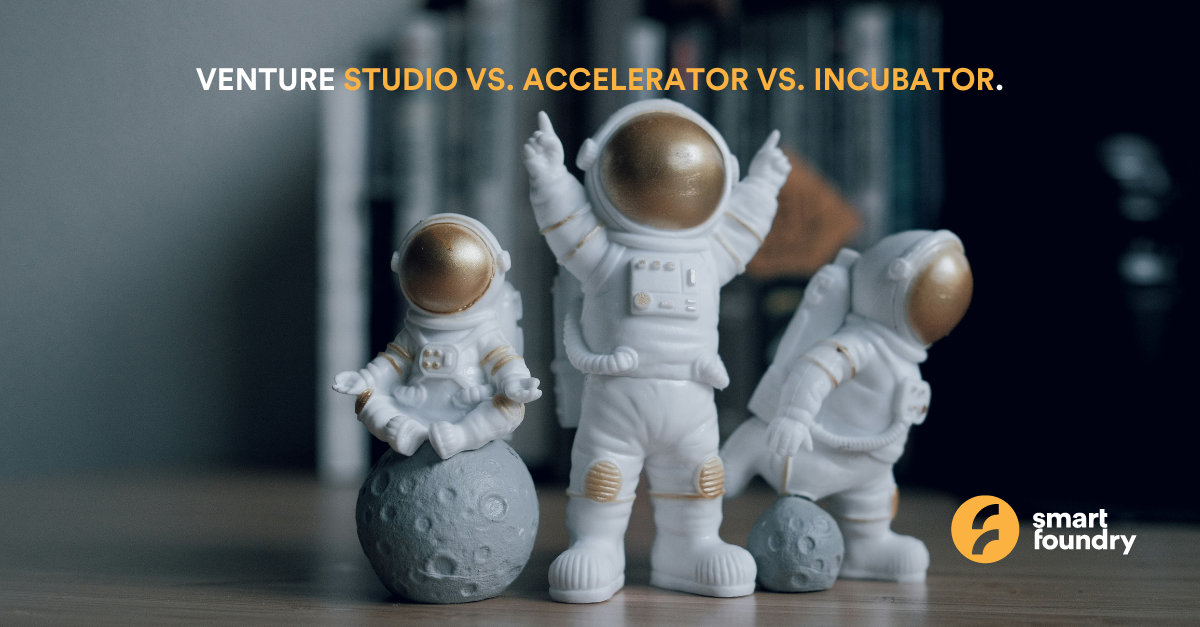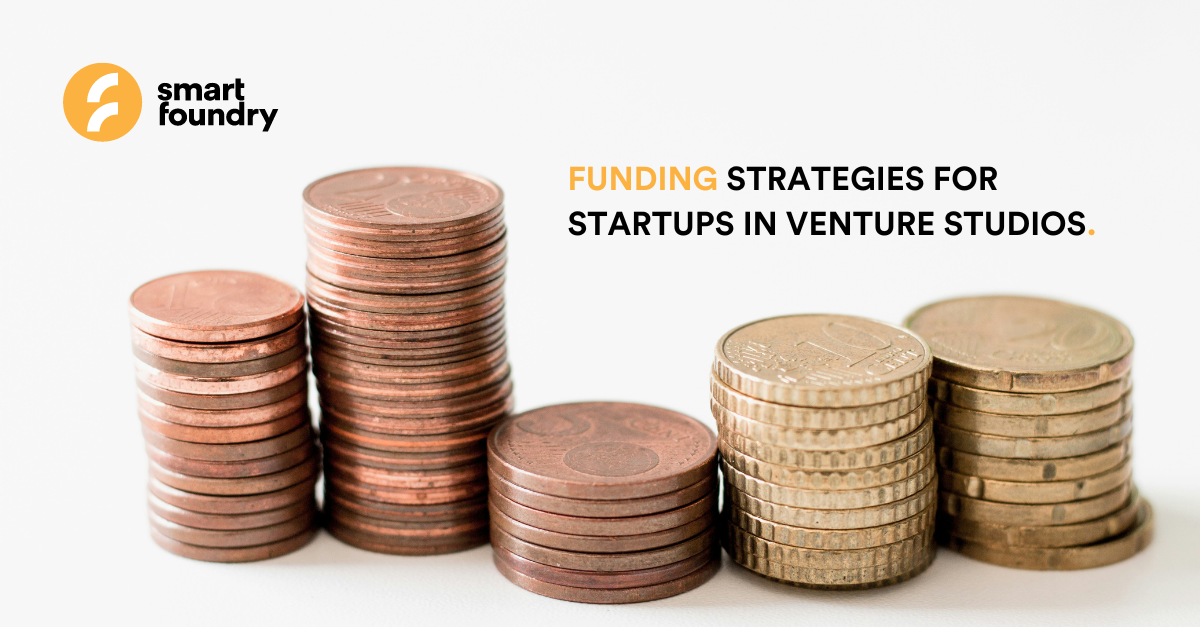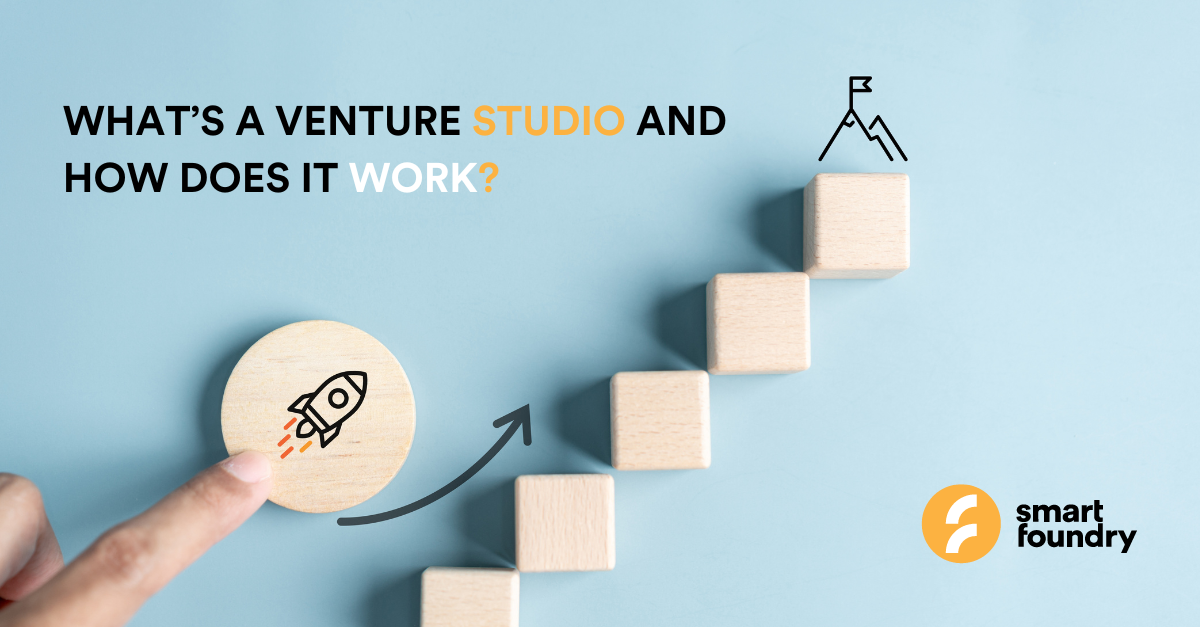Whether you are working on a simple website or a complex digital product, you will have to go through the following 7 phases.This blog will look at these phases keenly to help you understand the stages of product management. Whether you manage digital products or digital teams or simply want to, this one's for you. Let’s begin with what digital products mean.
Digital products are simply products that exist in digital format. Contrary to popular belief a digital product isn’t just a website; it can be an app, website, a music file, template or even an online course. The digitization of different services is giving rise to more and more digital products so if you have a good product idea, take your chance! Now back to the point, how do you build your own digital product?
1. Analysis and research
This is a very important step that helps you decide whether that product you want to build is the right one or do you need to sit back down and think of a new product idea. How do you know if your product is the right one? You do market research to determine the exact problem/s your target audience wants solved. While making this research, determine if your target audience is ready to pay for your product and how much they are willing to pay for it.
After this stage, carefully create your product idea. And you might already have the idea in mind but it is wiser to think deeper about your idea and think of a range of different solutions. Then from that you can choose the best one. In this same stage, you have to determine your budget and the assets that you already have. Make sure you are well equipped for the post-launch phase because your product is likely to not produce immediate success so your budget should stretch to accommodate any challenge.
2. Illustration
After knowing your direction, the next thing to do is think about your product’s look. To get a clear picture of how your product will look, you’ll need to make illustrations. There are different ways to go about this but the most used approaches are sketching and wireframing. Sketching is important because it gives you the general overview of your product that helps get your idea across. Wireframing is more detailed as it also explains how the product will work.3. Design
After outlining the overview of your product, the next step is to design your product. This is where you test the functionality of your product and how your end users will engage with it. In this stage, you will be doing optimization for different devices to make sure it is as functional as possible. You have to make sure your product is also visually appealing to grab the attention of your user. Get a prototype from the designer/s so you can interact with your product as your user would. Don’t just view it from the screen printouts. This will give you a perspective on how the user experience will be.
4. Prototyping
To see how your product will actually look, you’ll need a scaled down version of your product or “prototype”. It may only have the main features of your product and the design can just be basic. The aim of creating a prototype is so you can run tests with your team or you can invite a few members of your target audience to test it out and see how users would react and interact with your product. In this stage, what is being tested is not the design but the functionality of your product.
5. Agile development
At this stage, you and your stakeholders have completely agreed on what will be the goals of your product so now it's time to start coding and fine-tuning the product. Agile development is a method where the product can be evolved or adjusted while in the development stage. This method is best suited for digital products. In this stage you will be doing quality assurance testing so you can avoid problems when launching. Iterate again and again if something is not working or you need to add something. Once you are satisfied with everything, you are now ready to launch.
6. Launch
This is the moment everyone who worked on the product has been waiting for. You are now ready to unveil your product to your users. In advice, you could begin with a private launch and not a highly publicized one. Sometimes, actually most of the time the product may have bugs or unplanned use-cases that may taint the beauty of your launch. A low profile launch will give your product a positive start.
7. Marketing, Maintenance and Support
Rolling out your marketing and communications plan is the next step which is supposed to already be planned during preparation. Make sure you have done market research to know your target audience so your communications do not go to the wrong people. In this process also make sure you identify your competition, and key features of the product. Do not oversell your product, rather give a truthful clear campaign that will resonate with your audience.
Maintenance and Support
This is the stage where you need to support your product after the launch and even more so if the product showed any issues during the launch. Clearly specify with your development partner that you need all the resources (team and other resources) to maintain your current project in the long run before moving on to the next project. This will ensure you maintain your users and have a dedicated team available to fix issues if they arise.











